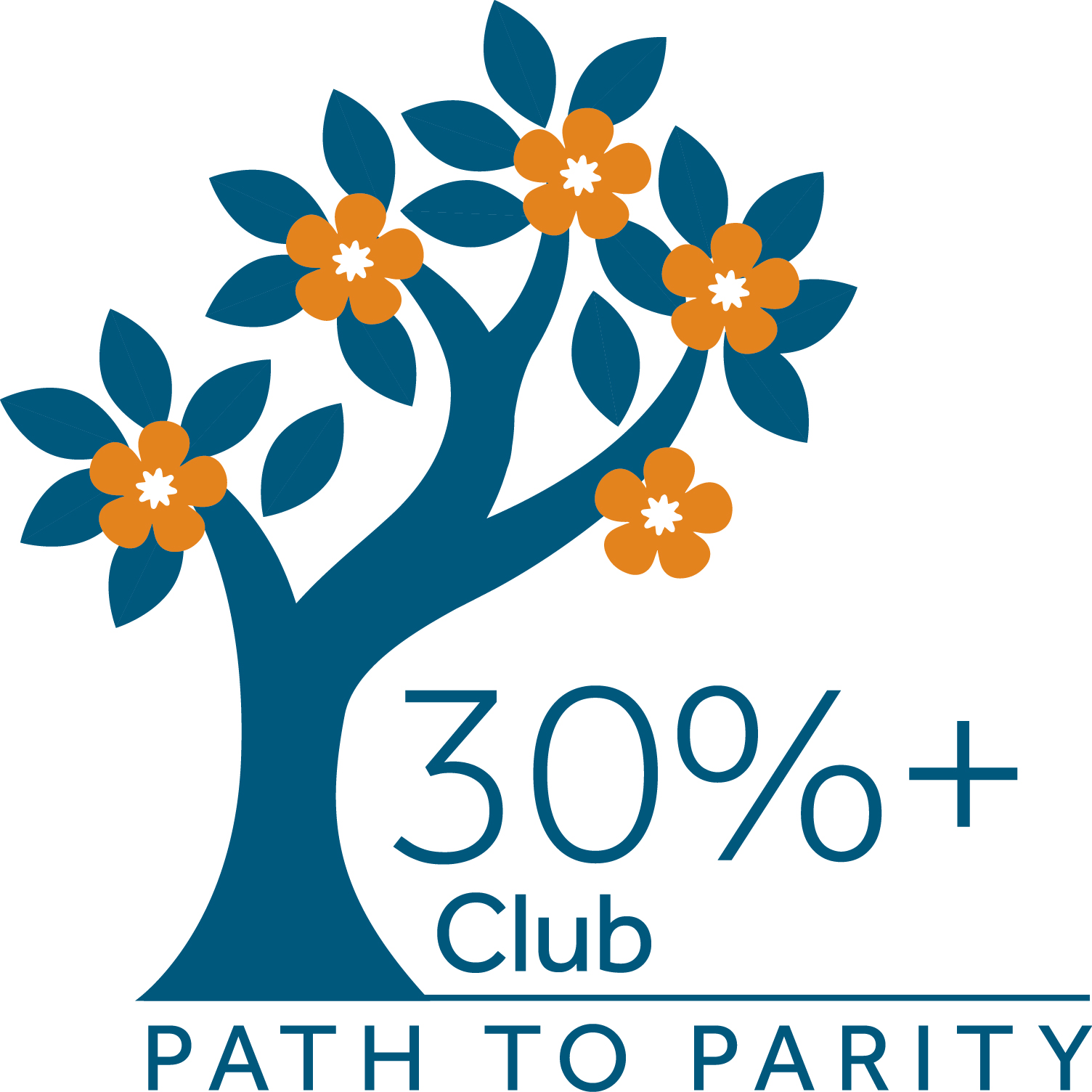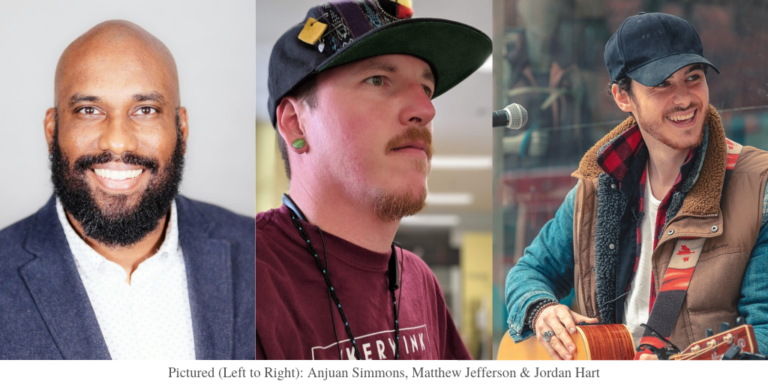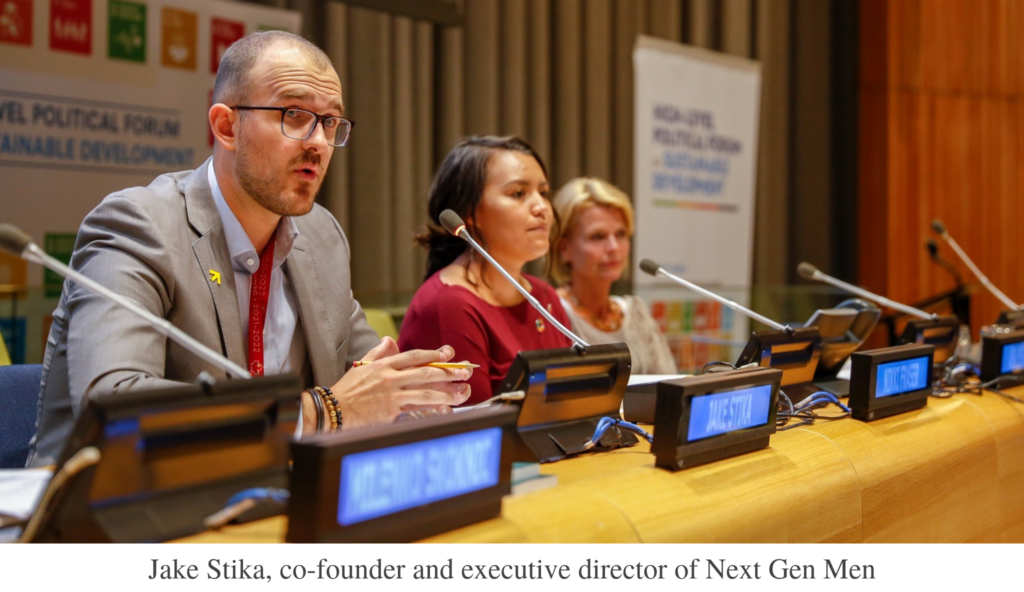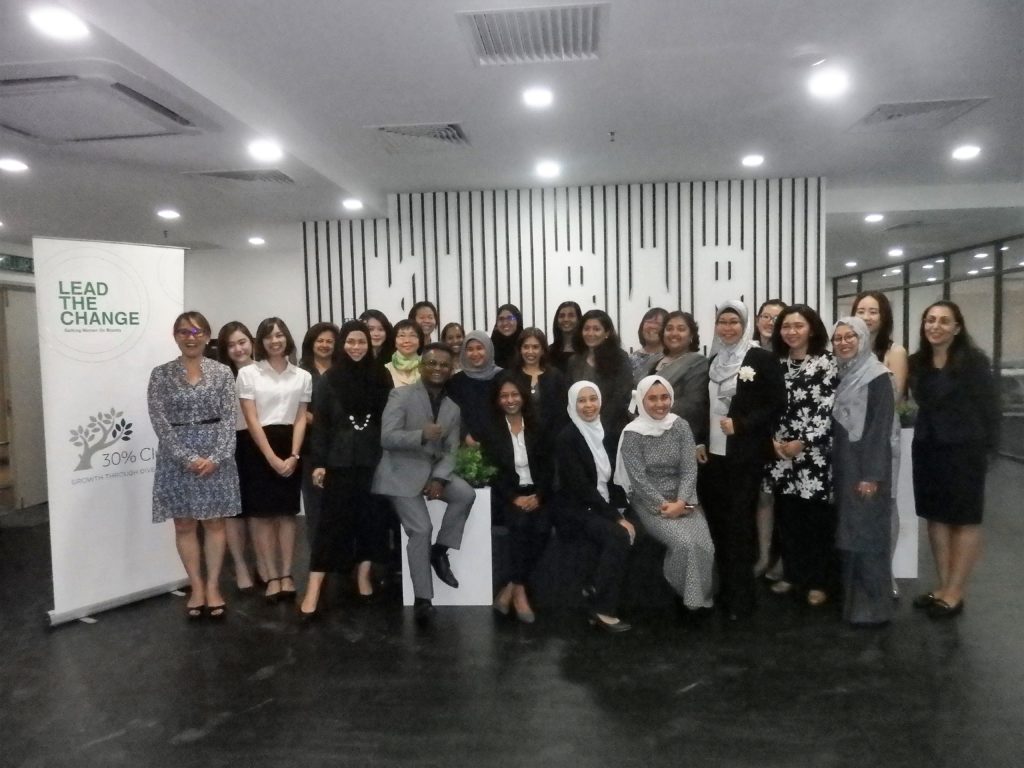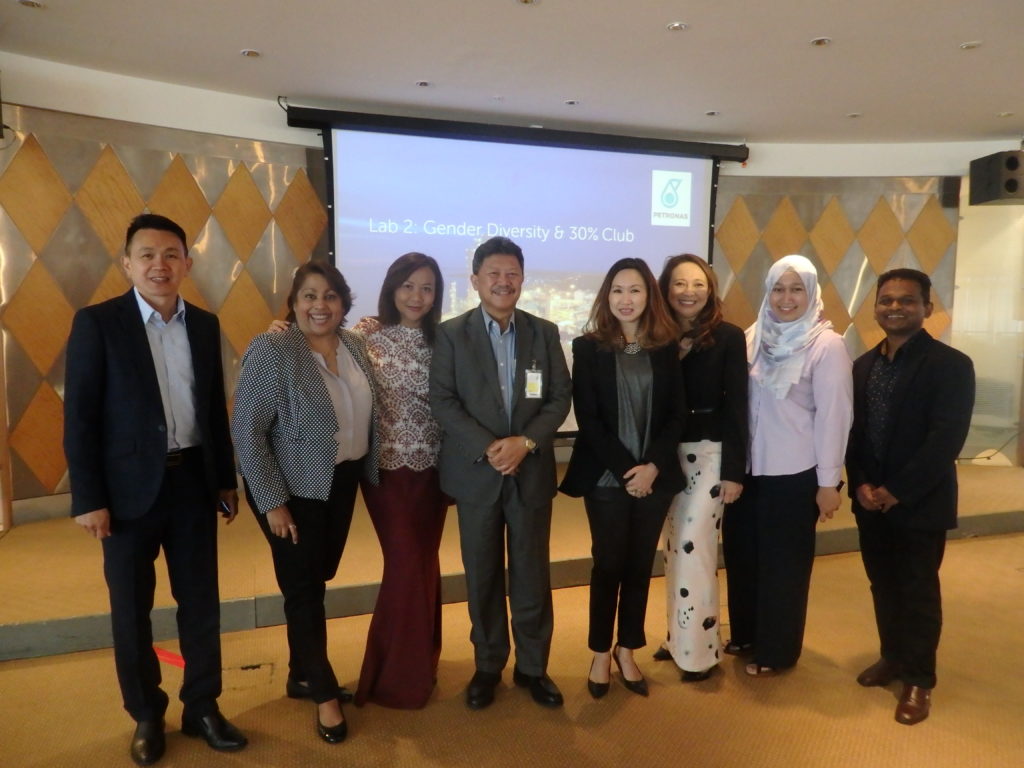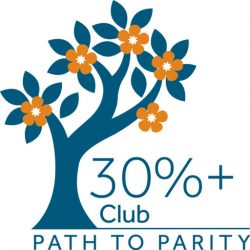The job title of Chief Technology Officer isn’t usually associated with diversity and inclusion initiatives — but Rahul Sekhon, CTO at Sun Life, sees things differently. A passionate advocate and ally for women, people of colour, indigenous people, and individuals with disabilities (among others), Rahul is using tech to contribute to a broader strategy of promoting inclusion. Through his role — and his own actions — he’s playing an important role in attracting and retaining top talent.
By Hailey Eisen
As Sun Life’s Chief Technology Officer, Rahul Sekhon’s responsibilities include cloud transformation, employee experience, DevOps, and global infrastructure services. And while his education and experience align perfectly for this position, it’s the informal roles and responsibilities he’s taken on within Sun Life that really cause him to stand out amongst other male executives.
“People who know me would tell you I’m a relentless activist for equality,” Rahul says. And it’s through this lens that he sees all his roles and responsibilities at Sun Life. In fact, he has made it his mandate to support women’s advancement in the workplace, with a particular focus on recruiting more women into technology to support diversity, and increasing the percentage of women entering science, technology, engineering and math-related fields.
“Throughout history, Sun Life has taken pride in being an employer that supports fairness and a safe environment,” Rahul explains. “We also recognize that we must move beyond the traditional and continue to evolve to attract and retain the best talent in the industry — operating like a tech company in the insurance space.”
In an effort to better understand their clients and create products without bias, about five years ago Sun Life began looking at Diversity and Inclusion internally as part of an overall sustainability strategy. They began with unconscious bias training, looking for gaps in the talent pipeline, and re-writing job descriptions to ensure they include gender-neutral language. This year, they partnered with six other insurers to launch the Women in Insurance STEM (WIISTEM) program in Canada, offering female coop students in STEM undergraduate programs work terms with Toronto-based insurance companies. Sun Life has also sponsored several technology advocacy and recruitment events, such as the 2019 Girls Learning Code Day, WomenHack Toronto, and the Move the Dial Summit. And these efforts are paying off — there’s a great culture across the technology area, where men and women are treated fairly and equitably, and opportunities are available to everyone.
With a background in technology, Rahul is especially interested in how tech can be used as part of this broader strategy to improve the employee experience and promote inclusion. He’s using technology to design for an experience where employees are free to be productive in ways that best suit them, and are encouraged to be open and honest about their needs and desires.
“We’ve actually begun to simplify our technology use to create a frictionless experience — allowing people to work from one system to the next without losing productivity, and keeping in mind people with disabilities and our employees who are based all over the world,” he says.
Looking to amplify the voice of each employee, Sun Life has leveraged Workplace by Facebook, an online team collaboration tool that brings together its offices across 26 countries. With a similar interface as Facebook, it allows the organization to connect employees across the globe with town halls and other Livestream events, and provides a common space for individuals — from entry-level to executives — to share company news, personal stories, and feedback broadly, and comment and engage readily. It not only increases the frequency and authenticity of communication, but it also ensures everyone feels included and heard, even if the feedback is challenging.
“We launched the platform with the aspiration to bring our organization together,” says Rahul, noting the #ReachOutAndDiscover hashtag that employees were encouraged to use, “and we’ve seen example after example of how it’s enabled us to move to a truly open and inclusive culture.”
“Being authentic is more than how we dress up, it’s ensuring that we lead in our day-to-day actions around driving inclusion, whether it’s allowing people to speak up and voice views that are different, or amplifying the voices that get suppressed.”
Like when Dan Fishbein, President of Sun Life U.S., began to use the tool to share personal anecdotes and observations with employees. “He demonstrated that it’s OK to open up and be vulnerable, and encouraged others to share their stories and experiences as well.”
With a corporate culture focused on bringing your authentic self to work, Rahul has made every effort to follow suit. From small things, like using Zoom meeting and turning his camera on, to empowering his teams to choose how and when they work — he encourages leaders to be authentic and empathetic. “Being authentic is more than how we dress up,” he says. “It’s ensuring that we lead in our day-to-day actions around driving inclusion, whether it’s allowing people to speak up and voice views that are different, or amplifying the voices that get suppressed,” he explains.
Coming from a place of authenticity, Rahul says, has always been extremely important to him. Born and raised in India, he admits he has experienced discrimination first-hand. But he hasn’t always been the ally and advocate that he is today. “My personal journey began many years ago, with the self-awareness and recognition that I needed to shed my own biases before I could influence others.”
Rahul began by participating in learning opportunities to engage with women and other minorities, to understand the challenges they were facing. “At first, I wasn’t a huge contributor, because I was trying to build my skills as an active listener,” he says. “But, in 2017, I took a personal risk and participated in a series of unconscious bias videos to share my own story. That’s when I realized I was in a position to influence change and new behaviours, and made it my mission on a daily basis to do so.”
While Rahul sees the value in large gestures, he believes real change takes place on a grassroots level, and that small, conscious actions have the most impact. As an engineer by trade, he says he’s generally inclined to want to ‘solve’ things, but in this case, it’s more about making subtle changes in how you act and how you show up, and, in doing so, influencing others to do the same. Leading by example, Rahul makes it a priority to actively mentor and sponsor women, create awareness about bias and discrimination, and volunteer on a regular basis.
As such, Rahul’s commitment to inclusion has always been part of his home life as well. “My wife and I have always taken turns in our careers, to raise our daughters while still allowing each other to grow professionally,” he says. It’s these beliefs that he’s ingrained in his daughters, too, who are now 13 and 17, and active diversity activists in their own right.
The advice he offers his girls — and other young women — is the same advice he has had to heed himself over the years. “As immigrants, my wife and I consciously chose not to let go of our identities when we came to Canada,” he says. “This advice translates to women as well. Don’t be someone else, be yourself, focus on your personal brand, be authentic and curious — and never settle for second best.”
As a strong advocate of the role that men need to play in driving equality, his advice for young men is around respecting women and building courage to stand up against bias. “Supporting women is not about giving up your spot, rather it’s about making room by being an ally,” he says. “It’s ok for men to show their vulnerability and still be passionate about what you stand for. But we need to be accepting of other views, and most importantly, we need to take accountability for our actions.”
While he believes nothing is going to be fixed overnight, Rahul is prepared to keep pushing for change. “We are trying to undo 15,000 years of damage, and we need to dig our heels in and commit to achieving equality for the long term,” he says. “It’s less about a revolution, and more about evolutionary change. It’s how we show up and how we acknowledge the other 50 percent of the human race. And how we become their allies. Equality is not optional.”
What is the role of men in gender equality? Over the next year, the 30% Club Canada and Women of Influence are partnering to explore this question. We’ll be sharing the stories of allies — men who are pushing for gender equality in the workplace, or making it happen in their own business. These Champions of Change can act as visible role models, inspiring and guiding other men to follow in their footsteps. If we’re going to level the playing field, we need men to be engaged.
